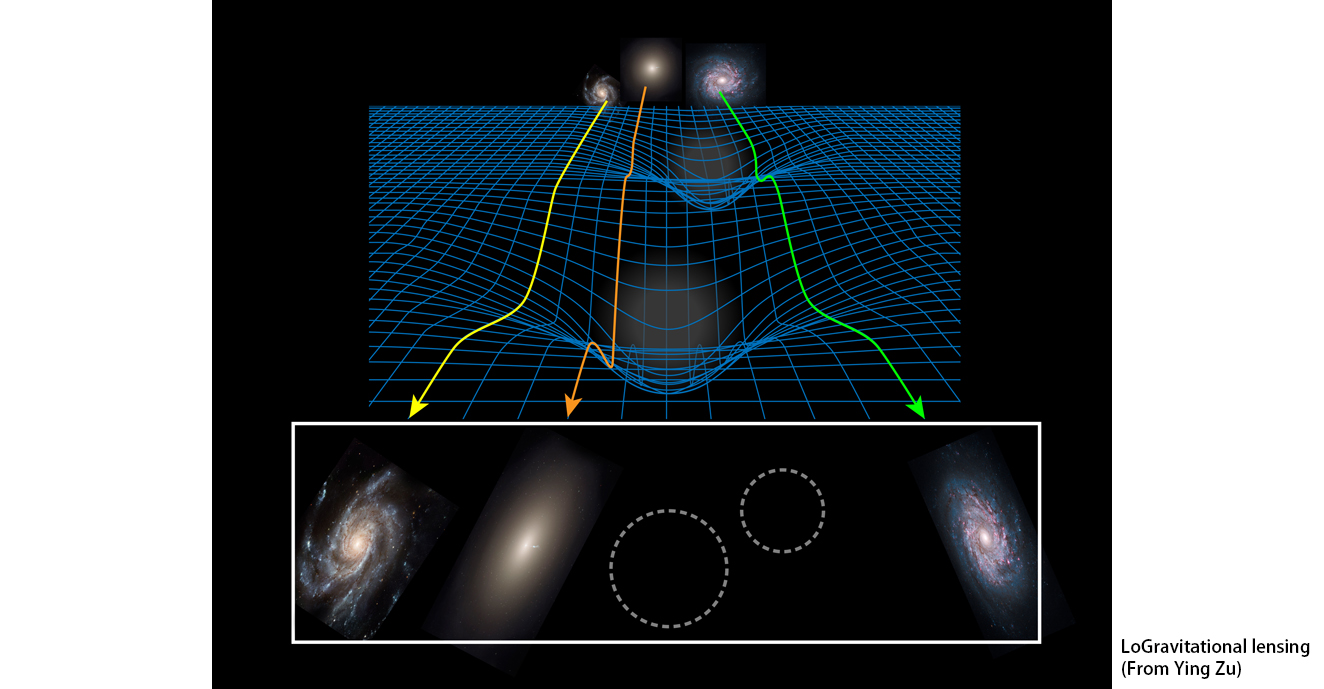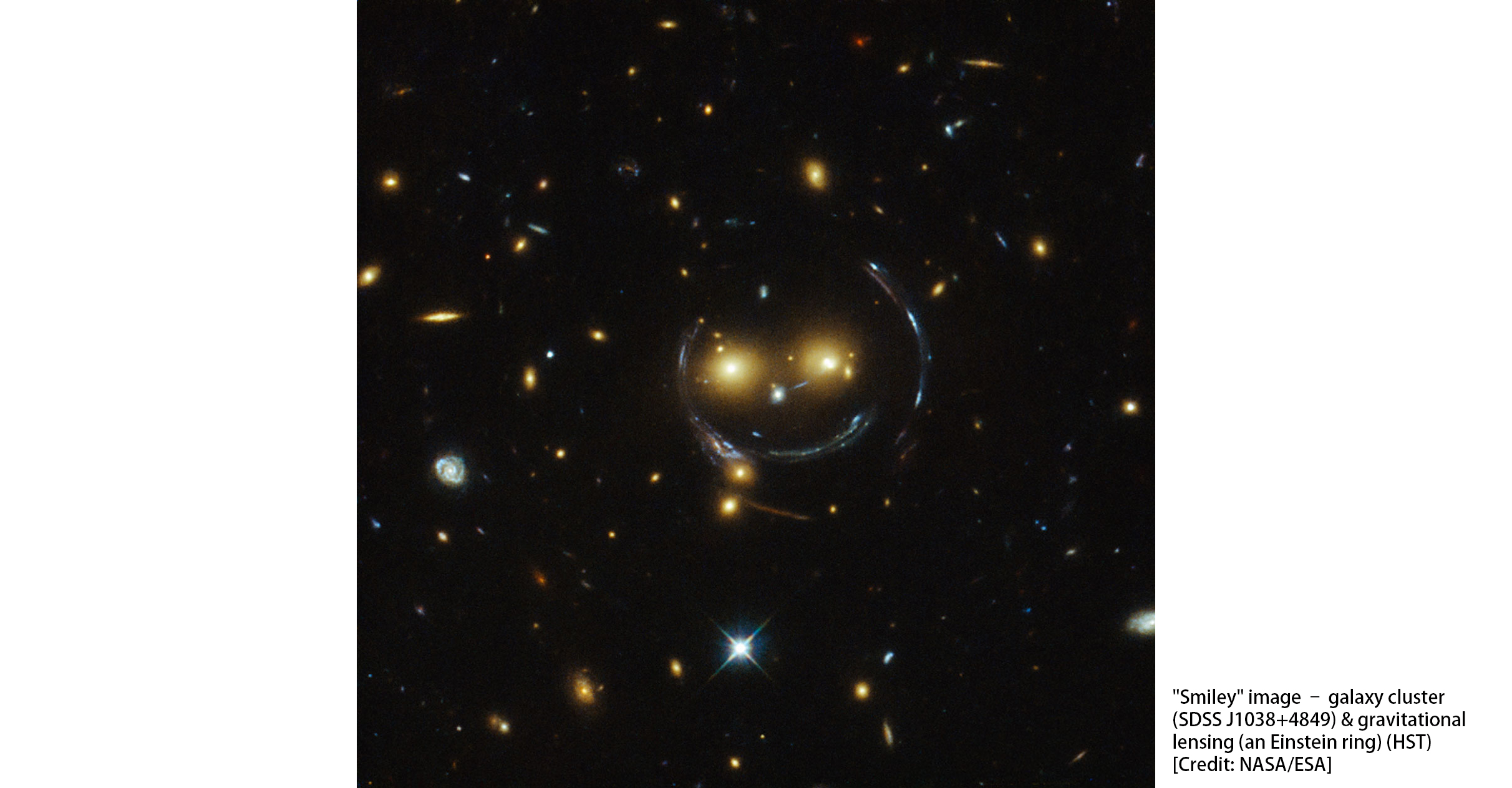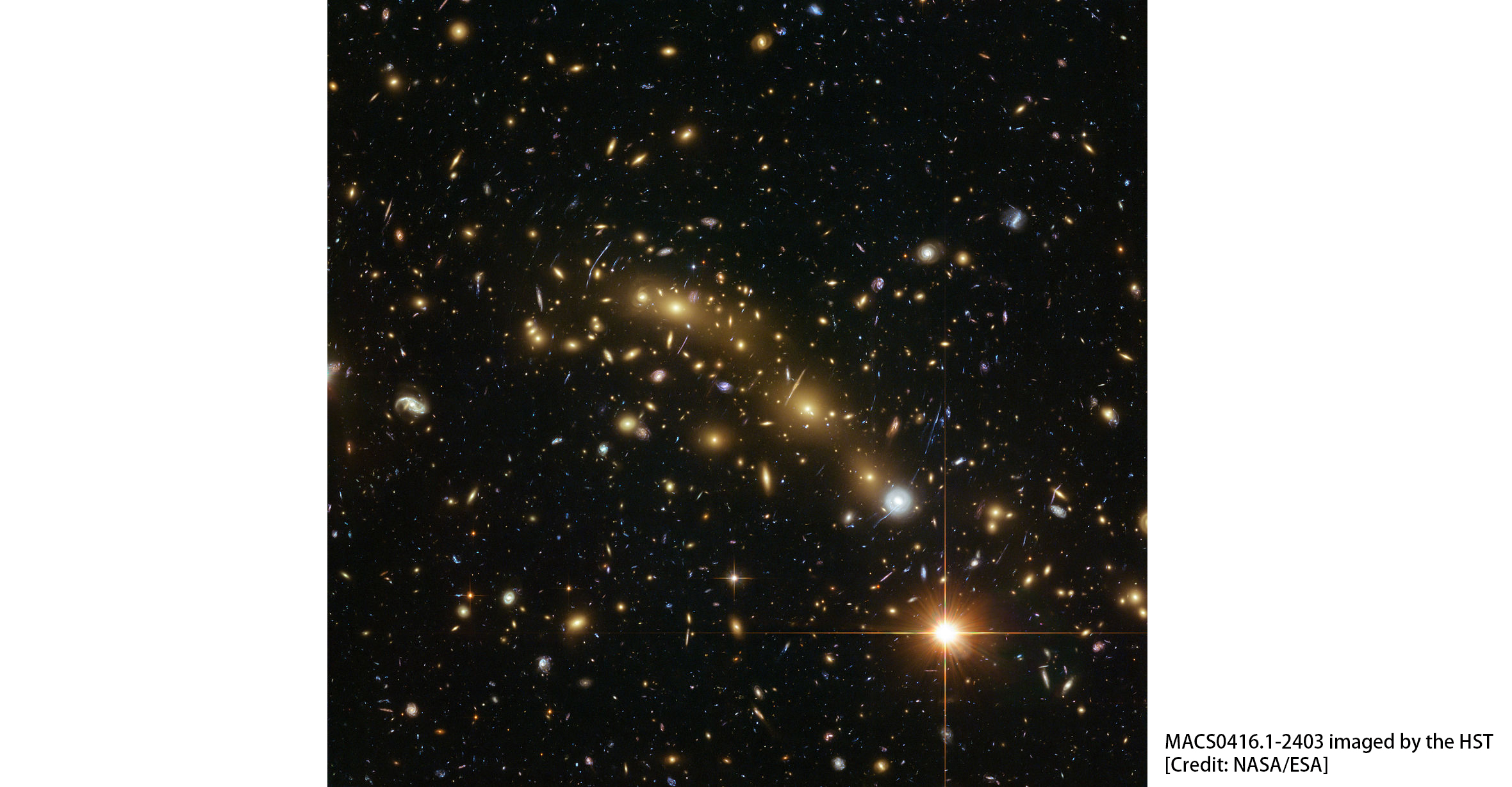Galaxy groups and clusters are the largest known gravitationally bound objects in the process of cosmic structure formation. They form the densest part of the large-scale structure of the Universe. In cold dark matter scenario, the smallest structures collapse first and eventually build the largest structures, clusters of galaxies. Clusters are then formed relatively recently between 10 billion years ago and now. Groups and clusters may contain ten to thousands of individual galaxies. The clusters are often associated with larger, non-gravitationally bound groups called superclusters.
Groups of galaxies are the smallest aggregates of galaxies. They typically contain no more than 50 galaxies in a diameter of 1 to 2 Mpc. Clusters are larger than groups. When observed visually, clusters appear to be collections of galaxies held together by mutual gravitational attraction.
Studying galaxy groups and clusters can help us understand the formation of the large scale structure of the Universe. Also, the gravitational lensing effect can reflect the foreground mass budget of the massive galaxy cluster, which allows us to estimate the dark matter mass in the foreground cluster, and to study the properties of the background galaxy at very high redshift.







